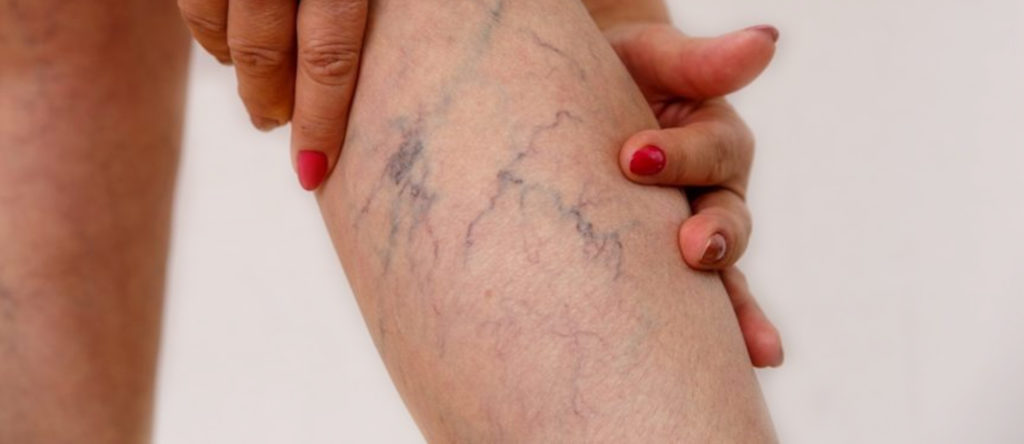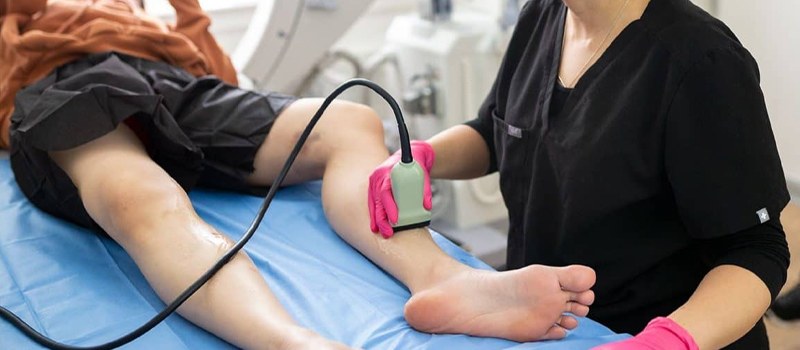Chronic Venous Insufficiency: Symptoms, Causes, and Treatments
Due to various factors and conditions, the human body eventually tends to encounter difficulties and might fail us in some ways. Thankfully, our medical sciences are continuously evolving and innovating to manage and treat these maladies. One common condition is known as Chronic Venous Insufficiency.
This is a condition whereby the veins in a patient’s body find it difficult to deliver blood back to their heart, which is dangerous. Medically, the condition is also known as phlebitis, post-thrombotic syndrome, or chronic venous stasis. While the condition typically affects people’s legs, it also occurs in the arms. Let’s look at the condition, its causes, symptoms, and what we can do to combat it.

The Causes of Chronic Venous Insufficiency
Certain conditions such as varicose veins and deep vein thrombosis are considered precursors to CVI. This is because these diseases damage and weaken the patient’s venous system and might cause them to start failing over time.
As the tiny veins in the body fail, blood that should have been sent back up to the heart begins pooling in the patient’s lower limbs, which is what causes swelling, pain, and circulatory issues.
Aside from the conditions mentioned, certain risk factors might contribute to a person’s chances of developing CVI. These include:
- Hereditary (family history of) CVI occurrences
- Advanced age (45 years and beyond)
- Pregnancy
- Sedentary lifestyles
- Obesity
Symptoms of CVI
A number of symptoms might indicate a case of CVI in a patient. While they might start off looking like relatively innocuous varicose veins, the symptoms will gradually worsen and gain in severity beyond what varicose veins might cause. CVI symptoms might include:
- Swelling of the legs
- Visible varicose veins on the surface of the legs
- A tingling sensation in a patient’s legs
- Pain that becomes more intense when you stand up but which lessens when you put up your legs
- A dull ache, heavy feeling, or cramping in your legs

Treatment Options Available to Patients
In cases where a patient’s Chronic Venous Insufficiency status has reached an advanced stage, surgical interventions might be their only recourse. We have highly trained, experienced, and dedicated vascular surgeons available to guide you through your case’s most effective and appropriate options. These procedures include:
- Sclerotherapy involves injecting a chemical solution or saltwater into a person’s veins, causing the problematic vein to harden and eventually disappear.
- Vein Stripping: This outpatient procedure involves the removal of the large vein (saphenous vein) found near the leg’s surface.
- Phlebectomy: Here, vascular surgeons make small incisions in the affected limbs and surgically remove the affected veins.
- Laser Therapy and Radiofrequency Ablation: Catheters (very narrow tubes) are used to deliver tiny heat sources (lasers) into the affected vein, effectively sealing them shut.
- Stents and Angioplasties: Tiny balloons at the end of narrow tubes can be introduced into a collapsed vein to open them up again and allow blood to flow through them efficiently.
- Bypass Surgery: Here, vascular surgeons take veins from elsewhere in the patient’s body and use them to replace the damaged or ineffective sections, thus alleviating the patient’s troubles.

Final Thoughts
Should you or a loved one suspect that you are suffering from Chronic Venous Insufficiency, know that you have ready help at hand. We at Washington Vascular Specialists are ready, willing, and able to help alleviate your troubles effectively, affordably, and professionally. Schedule a consultation with us, and you will be one step closer to the relief you desire. Call us today!



